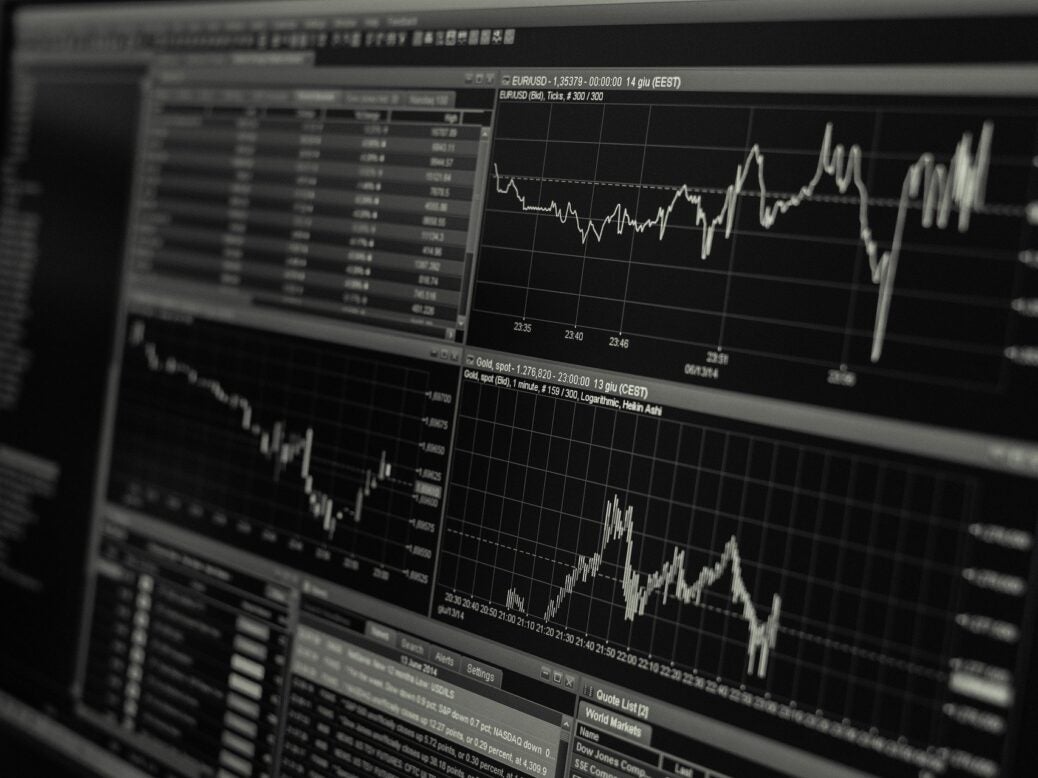
The reopening of economies around the world after the pandemic provides opportunities for investors. Here’s three charts that prove it
After a lost year for the global economy (although not the markets) in which global GDP dipped 4.2 per cent, the OECD predicts an increase of exactly the same figure in 2021. The task for policymakers will be to guide the opening up of economies as they return to something resembling normality.
There is optimism in the air thanks to signals such as the strong rebound in retail sales since the sharp drop of March 2020 (Chart 1). In the US, household debt has returned to lows not seen since the 90s, and the savings rate has soared to a high of 32 per cent of household income in April – an all-time high (Chart 2).
Data from the ONS backs up this trend in the UK too, with household savings reaching a record high of 29.1 per cent in Q2 last year. Inflation will continue to be a hot topic throughout 2021.
Pictet forecasts that UK inflation will be ‘kept in check’ by a large negative output gap due to lax monetary policy and low interest rates. CPI inflation should average just 1.3 per cent in 2021 and 1.7 per cent in 2022 – that’s compared with 0.9 per cent in 2020.
The wealth manager also expects further monetary accommodation from Threadneedle Street, perhaps in the form of more asset purchases.
Of course, many in the UK will continue to monitor the consequences of Brexit for trade with Europe. Joe Biden’s stance on China will be a key theme for global markets.
The base case scenario of Citi Private Bank sees the continuation of ‘strategic competition’ in tech and security, no military conflict and a ‘moderate’ escalation in trade and corporate restrictions. The implications for markets?
‘Invest in domestic and regional demand, dual tech standards, extra infrastructure, supply chain relocation,’ the bank said in a report.
After a rapid 30 per cent dip in March 2020, global equities ended last year up 16 per cent in dollar terms. Pictet forecasts a gain of 10-15 per cent for global stocks in 2021, bolstered by corporate earnings growth of around 25 per cent.
Citi Private Bank’s Global Investment Committee was 9.5 per cent overweight on global equities as of December 2020. 2021 could also be a banner year for M&A.
According to Refinitiv, Q4 2020 saw decreases of 8 per cent and 9 per cent in global deal value and volume respectively. But low funding costs and the rosy economic outlook provide major incentives for dealmakers, which could lead to opportunities for hedge funds.
As Chart 3 shows, there has been a correlation between the decline in median return on equity (ROE) among the 432 companies that make up the MSCI Europe Index, which captures large and mid-cap representation across 15 developed markets.
‘A post-Covid bounce in ROE’ should be accompanied by more M&A activity, said Pictet. ‘Hedge funds that use event-driven strategies can be expected to benefit from corporations’ operational and balance sheet restructuring in 2021, as well as from an increase in distressed issuers.’
Read more
Four CIOs on the investment trends that will shape the year ahead
Spacs: an accident waiting to happen?
The ‘black swan’ funds that cleaned up during the coronavirus crisis
Will Bitcoin end up in your portfolio?









